Review: ZTE Axon 7
Aug 22, 2016, 7:00 AM by Eric M. Zeman
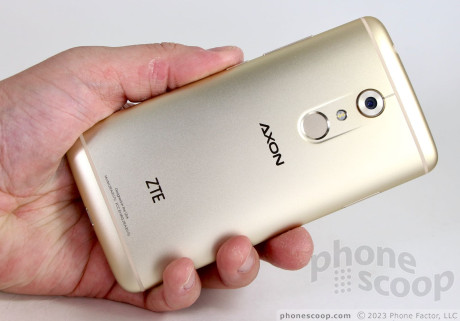
ZTE's flagship is an attractive piece of hardware that shows the company's A Game. The Axon 7 is a premium Android smartphone that costs less than some of the competition and yet performs just as well. Here is Phonescoop's full review.
Hardware
Is It Your Type?
ZTE's 2016 flagship is the Axon 7, a well-spec'd Android smartphone that checks all the right boxes on the must-have checklist. This year's model is a bit more mainstream in appearance than last year's and that's a good thing. If you're looking for a less-expensive-but-still-high-end alternative to the Samsung Galaxy S/Note or similar devices, the ZTE Axon 7 is a good fit.
Body
ZTE is trying hard to make a dent in the U.S. market. While it's more likely to do so with the low-cost ZMax Pro being sold by MetroPCS, the company needs high-visibility handsets like the Axon 7 to show it can compete — at least on some level — with the big boys. The Axon 7 is a well-conceived and -executed smartphone that is a class act all the way.
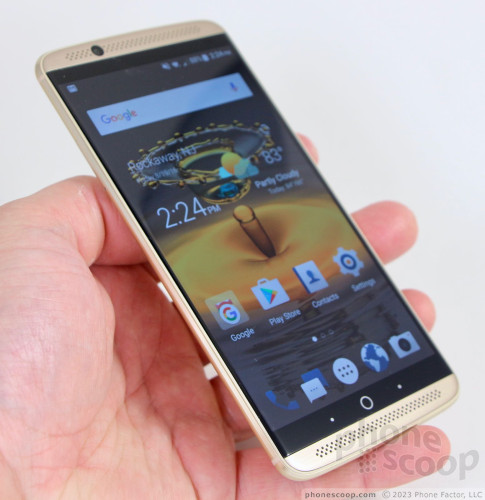
Last year's Axon flagship was a curious beast. I liked it, but the design and execution were a bit off. It was busy with lines, shapes, and textures, and some of the seams just didn't fit together well enough. ZTE was able to carry over the finer points of last year's phone while resolving its design and manufacturing issues.
The Axon 7 looks a bit like a bigger HTC One M8. It features a unibody aluminum chassis that's crossed on the back by polycarbonate antenna lines. I like that the Axon 7 comes in silver and gold. The chassis is rounded along the edges and features an attractive chamfer where the chassis frame meets the curved glass. The black glass contrasts nicely with the gold coloring of our review unit.
With a 5.5-inch screen, the Axon 7 lands squarely in phablet territory. It's a big phone, similar in size to the Galaxy Note7 from Samsung. It's pretty weighty, too — thanks to the metal materials — at 6.17 ounces. As long as you're cool with using the Axon 7 with two hands, you'll be in good shape. If you have small hands, or prefer one-handed phones, the Axon 7 will likely be too big for you. The smooth chassis makes it somewhat slippery. That's bad news if you're a klutz, but helpful when it comes time to drop the phone in your pockets.
The fit and finish are excellent. ZTE spared no expense with the materials and assembly of the phone. The seams are tight and smooth all the way around, and the metal and glass are top notch. The Axon 7 feels every bit like the high-end flagship it is.
The phone's front face is elegant. ZTE kept bezels to a minimum, so the screen covers most of the surface. ZTE used "2.5D" glass, which is curved where it meets the side edges of the chassis. This helps keep the seam nice and smooth along the sides. Three capacitive buttons are crammed into the bottom edge of the glass. These buttons activate the back, home, and multitasking functions. I found them to be responsive. ZTE drilled a huge number of tiny holes into the frame above and below the display for the stereo speakers. The user-facing camera is stuck in the middle of the upper grille. A notification light is hidden in the glass just below the camera.
ZTE positioned the dual-purpose SIM/memory card tray near the top of the left edge. The tray is deep and holds both cards. It's no trouble to access and use. The tray is made of strong metal.
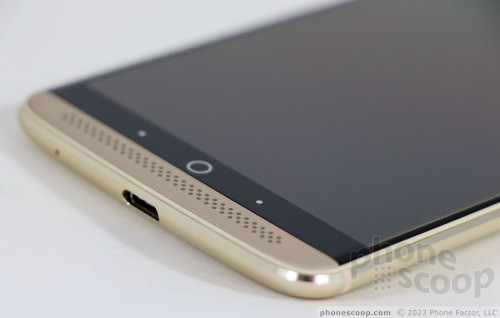
I like that the screen lock button and volume toggle — both of which are on the right edge — have shiny chamfers to match the aluminum chassis. Light catches them every so often, pulling at your gaze. The screen lock button is the lower of these two, just above the phone's waistline. It's a bit small and the profile could be a bit better, but action and feedback are very good. The larger volume toggle is easier to find. The profile is about the same, though I wasn't as pleased with travel and feedback. You'll find the headphone jack on the top edge and the USB Type-C port on the bottom.
(The new USB-C standard is a reversible plug that can send power in both directions, but the industry is still playing catch-up as far as USB-C accessories are concerned.)
The camera, flash, and fingerprint reader are lined up on the rear surface. The camera module protrudes from the metal a bit and is set off visually by a gold rim. It kind of looks like the eye of a cyclops. The two-tone flash is below the camera module, set in a slight indentation. Last, the fingerprint sensor, which is about the size of a dime, is set in a deeper indentation that's accented with a gold rim of its own. The reader is easy to find with your forefinger when holding the phone normally.
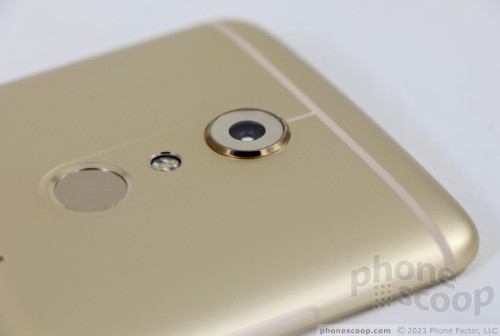
Thanks to the unibody design, the battery is sealed up tight; there is no access to the battery. That might be a dealbreaker for some people. This is offset a bit by extremely rapid charging.
The Axon 7 is a fine piece of hardware that anyone could be proud to own.
Screen
What's not to love about a 5.5-inch quad-HD OLED display? The Axon 7's screen is big, bright, and beautiful. It's incredibly sharp; text, icons, and graphics look impeccably smooth with no visible pixels along the edges. The screen is bright enough to use indoors and out. I found the auto-brightness setting did a good job managing the transition between dark and light environments. Viewing angles are quite good. Brightness drops a little bit, but colors remain accurate when the phone is tilted side-to-side. The quad HD (2K) resolution really helps when it comes it virtual reality. The Axon 7 was a fine foil for VR fun.
Signal
ZTE is selling the Axon 7 unlocked with wide support for U.S. carrier LTE bands. I was able to test it on AT&T and T-Mobile in and around the New York City area. The phone did very well on both networks. I was able to make calls, send/receive text messages, and load web sites everywhere I took the phone. The Axon 7 held calls at highway speeds on T-Mobile, but dropped one in-the-car call when connected via AT&T. The phone didn't miss any calls on either network. Data speeds were generally quick, but never much above average. I had no trouble watching YouTube videos, listening to Spotify playlists, laughing at Instagram stories, or shaking my darned head of the latest political tripe on Facebook.
Sound
The Axon 7 is a solid voice phone. The earpiece produces plenty of volume for calls. I was able to hear calls in most places I took the phone, including coffee shops, the mail, my car, and so on. Clarity is decent, but not the absolute best I've heard. Voices have a nice warm sound, but sometimes suffered through a small crackle of distortion. People I spoke to through the Axon 7 said I sounded "loud and clear."
The speakerphone is almost as good. The speakers deliver enough punch to ensure calls are audible in a moving car, your office or home, or when walking around the neighborhood. It does experience a bit more distortion, especially when the volume is set all the way up.
Ringers and alerts are quite loud and always got my attention. The vibrate alert does its job.
The stereo speakers work really well for listening to tunes in small spaces. I had no trouble filling my garage with music, but I found the volume faded as I moved out into my yard. The sound is a bit thin, but certainly good enough when you don't have a Bluetooth speaker nearby.
Battery
The Axon 7's 3,250 mAh battery may not be removable, but it doesn't leave me with any reason to complain. The phone pushed through a day and a half of mixed use quite consistently. I found myself charging it rarely over a week of testing. The Axon 7 generally had 40% battery capacity remaining after I used it for an entire day. It really did a fine job.
The device includes a fairly extensive power management app. First, the app lets you see current charge levels and what's been using the battery. You can then set custom alerts that are triggered when apps start hogging battery life, as well as dictate how much power apps are allowed to use (background sync, etc.) A tool called Smart Power Save adjusts and controls the CPU intelligently based on how you're using the phone. The Ultra Power Saving Mode puts the phone into feature phone mode to extend the battery even further.
Another tool turns the phone off and on completely at predetermined times. For example, you can set the phone to turn off at 1am and then back on again at 6am. This helps conserve power.
Last, the Axon 7 supports rapid charging thanks to Quick Charge 3.0. It's able to suck in a 50% charge in just 30 minutes. That's impressive.
Bluetooth, GPS, NFC, WiFi
I was pleased with the Axon 7's secondary radios, all of which did their jobs well.
The Bluetooth radio was a breeze to pair with other devices, including headsets, speakers, PCs, and my car. Phone calls routed through headsets were decent and music sounded very good when pushed to a Bluetooth speaker. Call quality in my car was surprisingly good.
The GPS radio is fast and incredibly accurate. I often saw accuracy as good as 10 feet. The Axon 7 has more than enough processing power and network speed to serve as an effective real-time navigation device.
The NFC radio helped with Bluetooth pairing and also supports Android Pay.
The WiFi was very fast.
Software
Lock Screen
The Axon 7 provides an incredible amount of control over the lock screen experience.
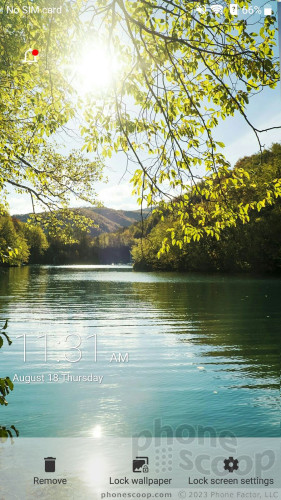
Press the screen lock button to wake the phone, or set the phone to wake when the screen is tapped twice. (It's too bad double-tapping again doesn't put it back to sleep.) Several other gestures work when the phone is locked, include flip to mute, tap to snooze an alarm, or shake the phone to turn on the flashlight. These can all be managed separately.
The clock is positioned in the upper right corner of the lock screen. It could be bigger/bolder and can be hard to spot. Notifications are signaled by a little bell in the upper left corner. If the bell has a notification badge, there are notifications waiting. Tap the bell and the notifications expand down the screen. Tap the bell again to dismiss the notifications, or swipe on the notifications themselves to dismiss them individually. I like this. The lock screen also provides shortcuts to the phone and camera apps.
My favorite feature? The rotating lock screen wallpaper. You can elect to have the phone automatically display a different/new image every time you wake the phone. It downloads new images every so often so you don't see the same wallpapers all the time. I want this feature on more phones. You can turn it off if you don't like it.
In terms of security, the fingerprint reader is your best bet. It's simple to record fingerprints and reads them quickly when you press them to the reader.
The Axon 7 also includes a voice unlock tool. It takes a bit of time to train. Essentially, you teach the phone a passphrase. The phone is smart enough to know when the owner — and not someone else — is speaking the passphrase. I like the idea, but the execution is lacking. It often took multiple attempts, which I don't have the patience for.
Alternately, you can select a PIN, password, or pattern to secure the phone.
Home Screen
The Axon 7 runs Android 6 Marshmallow with a number of customizations from ZTE.
To start, you have to select a theme: stock Android or MiFavor. Don't get too excited. The stock Android option is not the stock Android option you think it is. With this theme applied, the homescreen and app drawer have stock behavior, but the device still uses some ZTE app icons and ZTE fonts. The MiFavor theme is more fully ZTE in appearance, including the wallpapers, etc. Either way, the home screen is fully customizable with apps and widgets, and the app drawer is locked into a vertical, alphabetical grid (no support for folders there, but you can add folders to the home screens.)
The settings menu and Quick Settings panels have a ZTE touch. For example, the main settings menu has two views: a (customizable) grid of most-used tools, and a list of all the settings. The Quick Settings drop-down shade functions well and can be customized to a small degree. You can also tweak the capacitive buttons (home, back, recent) to suit your personal preferences.
The Axon 7 also features the MiPop controller. When turned on, a master "back" action button floats all over everything. When you're in an app, a short press of this button does the same thing as the main Android back button. A long press of the button opens a secondary control panel for taking a screenshot, powering down, rebooting, and several other actions. I don't care for it much and turned it off.
ZTE's MyVoice tool is also aboard. It acts a lot like Google Now in that you can use your voice to speak commands to the phone. It only handles a few commands, including unlocking the phone, sending messages, making calls, and performing system-level actions, such as turning the WiFi radio on or off. The My Voice tools work, but I think you'll be better off just using Google Now.
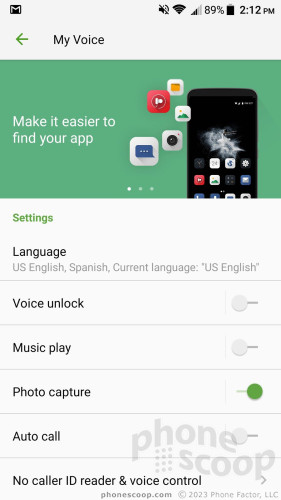
Qualcomm's top-of-the-line Snapdragon 820 processor powers the Axon 7 and it has 4 GB of RAM to boot. This is Qualcomm's best CPU, and it shows. The Axon 7 performed flawlessly. There were no slowdowns, crashes, freezes, or other sluggish behavior. The phone was speedy, quick, fast... at all times.
Camera
The Axon 7 doesn't have a dedicated camera button, so you have to use the shortcut on the lock screen or the normal icon on the home screen. I wish ZTE had added some faster shortcut to launch the camera, such as a gesture or a double-press of the lock button. It didn't. But the camera launches quickly.
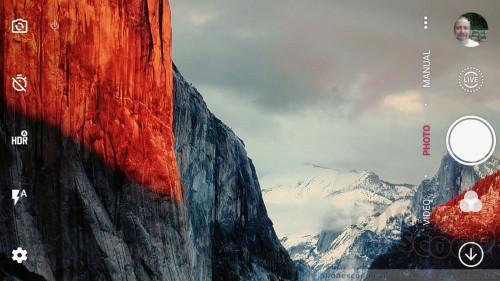
The main camera interface includes a handful of toggles (front cam, timer, HDR, flash, settings) down the side of the screen. Both the flash and HDR can be set to on, off, or auto. A single, large shutter button is on the right side of the screen along with tools for accessing the camera roll and alternate shooting modes.
The Axon 7 has 10 shooting modes: auto, manual, video, slow motion, panorama, multi-exposure, magic exposure, super night, sports, and timelapse. We've seen multi-exposure on other ZTE phones, but magic exposure and super night are new.
Magic exposure is for taking long exposures of moving stuff, like cars or stars at night, or running water. ZTE suggests using a tripod. Long-exposure photography produces really neat results, but this mode takes patience and trial-and-error to use effectively.
The idea behind super night is to take a properly-exposed night photo without using the flash. That means a slightly longer exposure that is triggered by the timer rather than your thumb (to avoid shake.) It includes a 1-second timer and asks you to hold the camera completely still when capturing the photo. I can't say the results were that much better than a regular shot would have been.
The manual mode allows you to adjust shutter speed, white balance, ISO, exposure, and focus. The manual mode includes an always-on grade tool on the screen to help ensure the shot is level, and a three-by-three grid to help with framing.
All of the other shooting modes work more or less as you might expect.
The one other neat tool tossed into the mix is the voice-activated capture mode. As the name suggests, simply say "capture" or "cheese" and the phone instantly takes a picture. This function works very well, especially when taking those awkward selfies.
The Axon 7's camera is quick across the board; it does everything swiftly.
Photos/Video
The Axon 7 has a 20-megapixel main camera and it does a decent job, but could be better. Focus is the most consistently accurate facet of the images I took. I rarely saw a soft or out-of-focus shot. White balance was off from time to time (see balloon shot below). Exposure had trouble from time-to-time (see trees/sky/clouds). Moreover, shots captured with HDR showed an annoying amount of grain. Despite the Axon 7's issues, more than half the images I took were fine.

The selfie camera, which has an 8-megapixel sensor, also delivers somewhat mixed results. Focus and exposure were generally good, but white balance (again) was off. Look at my shirt in the shot below, it's blue when it should be white. There's no excuse for that. The selfie camera has a beauty mode to smooth out skin imperfections. The results aren't as gruesome as other beautification tools I've seen.
The Axon 7 allows you to record video in resolutions up to 4K. I shot some 1080p HD video and was more than satisfied with the results. The video was sharp, properly exposed, and delivered more accurate white balance than the camera. Most people will be pleased with what the Axon 7 delivers.
The Axon 7 is a perfectly acceptable device for everyday photography / videography needs.
Wrap-Up
The Axon 7 from ZTE is a fine option for people who prefer unlocked handsets. It works well with both AT&T and T-Mobile and at $400 is much more affordable than the top phones from HTC, Samsung, LG, and Motorola. Moreover, the Axon 7 competes well with the Alcatel Idol 4s, Huawei Honor 8, and OnePlus 3, which are all vying for the same market.
ZTE did an excellent job crafting and assembling an attractive and high-quality piece of hardware. The Axon 7 has a premium metal unibody chassis, gorgeous screen, incredible battery life, and decent voice/data performance. The Snapdragon 820 processor delivers speedy performance and having options such as expandable storage should appeal to some buyers.
I'm glad to see Android 6 Marshmallow aboard the Axon 7, and ZTE's customizations allow owners to tweak much of the experience to suit their own preferences. The fingerprint reader is a standout.
The ZTE Axon 7 is well worth a look if you're in the market for a solid flagship smartphone that doesn't carry a premium price.
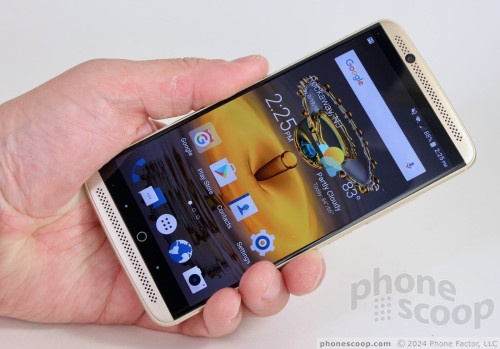
Comments
No messages


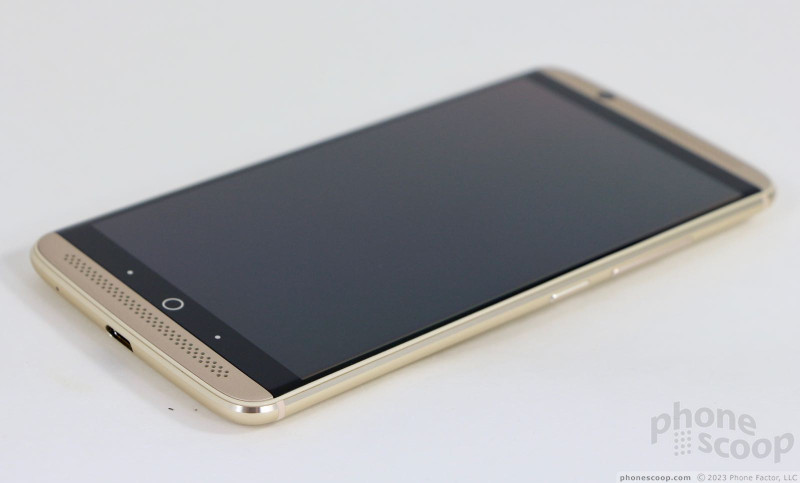

















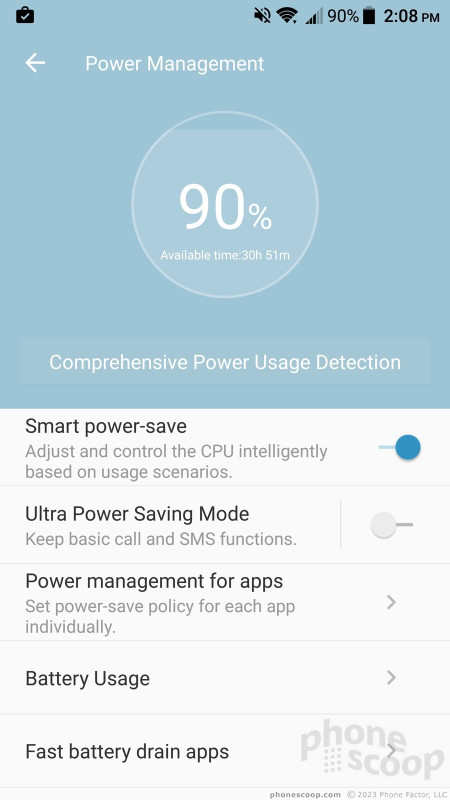














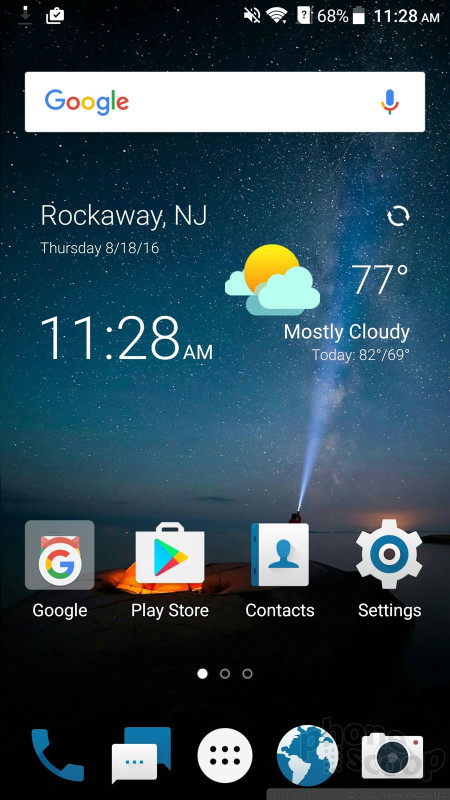







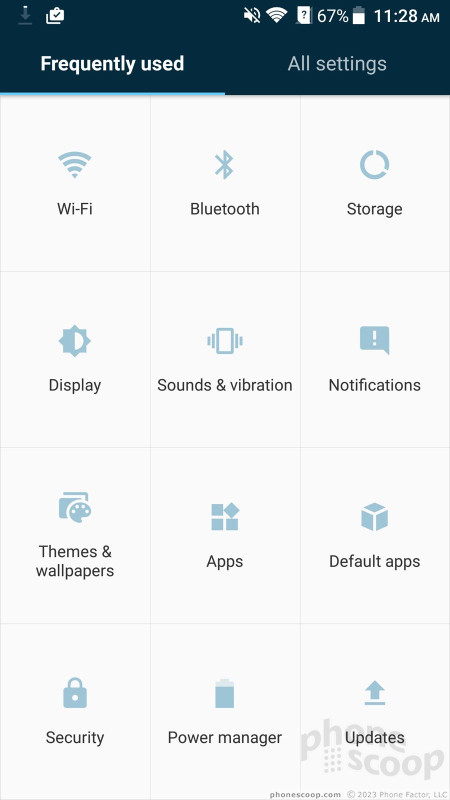





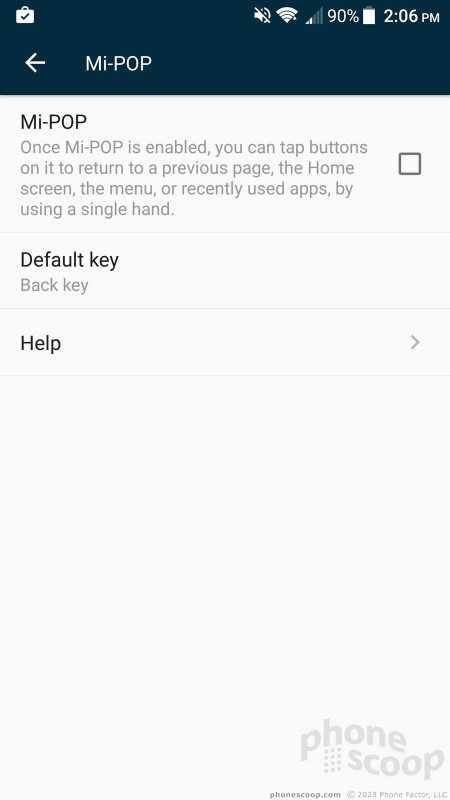





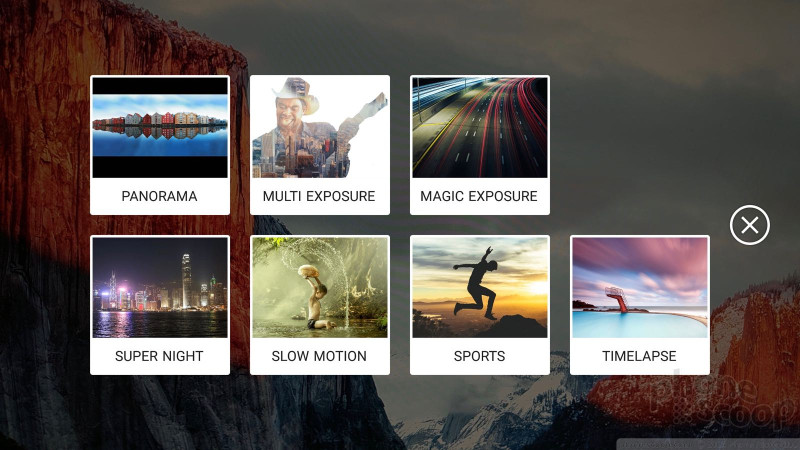





















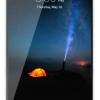 ZTE Taps BMW to Help Design the Axon 7 Flagship
ZTE Taps BMW to Help Design the Axon 7 Flagship
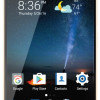 ZTE's 2016 Axon 7 Flagship Gains Android 8 Oreo In Beta
ZTE's 2016 Axon 7 Flagship Gains Android 8 Oreo In Beta
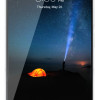 ZTE's Axon 7 Gains a Security Patch
ZTE's Axon 7 Gains a Security Patch
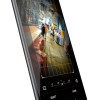 ZTE's Axon 7 Scores Android 7.1.1
ZTE's Axon 7 Scores Android 7.1.1
 Virtual Reality Comes to the Web Thanks to Chrome
Virtual Reality Comes to the Web Thanks to Chrome
 ZTE Axon 7
ZTE Axon 7









